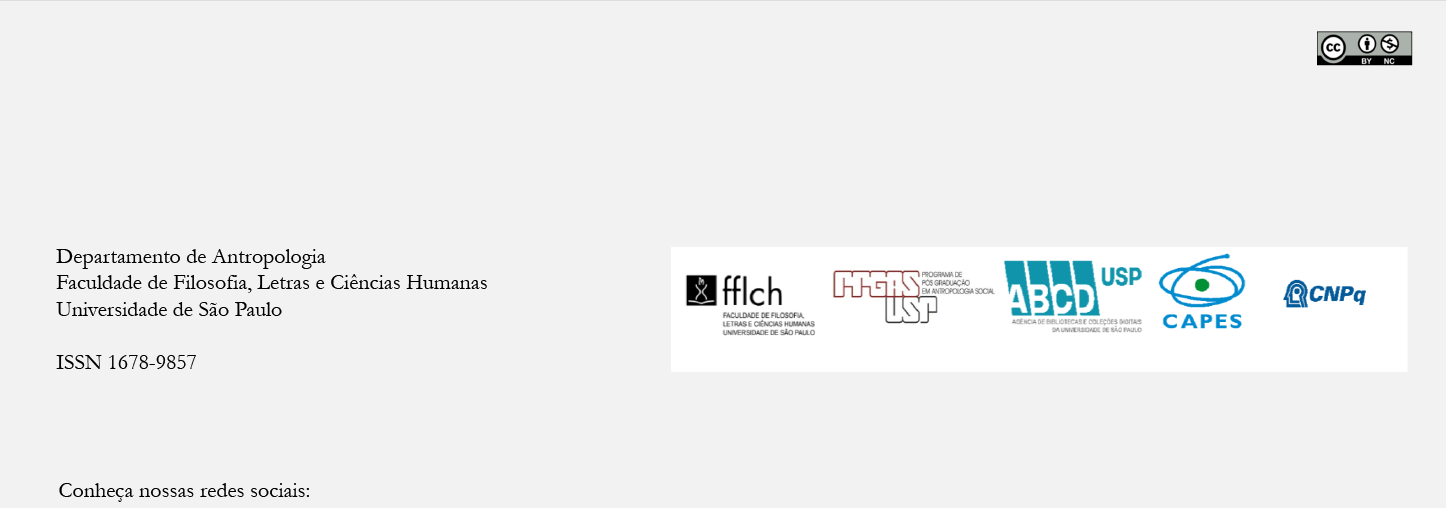Regional Systems, Interethnic Relations and Territorial Movements – the Tapajó and Beyond in Amerindian History
DOI:
https://doi.org/10.11606/2179-0892.ra.2015.102099Keywords:
Tribal Zone, Ethnogenesis, Ethnohistory, Tapajó, Aruaquis, ArawakAbstract
This article considers the making of a complex Amerindian territory in the Lower Amazon in the late seventeenth century. This territory, the Madeira/Tapajós region, can be seen as a tribal zone, outside of direct contact with colonial society, but nevertheless connected to it. A war between the Tapajó (south shore, around mouth of the Tapajós River) and Aruaquis (north shore around Lake Saraca) polity that had been on going for most of the seventeenth century came to a head in the early 1660s. With European involvement the war ended with the consequence that the collective potential of both polities were much reduced. By considering the relations of alliance and combat this article confronts the internal and external transformations in the Lower Amazon, focusing on the Tapajó nation. Did this once great people break up into different ethnicities, which then regrouped in the tribal zone, or did it become smaller and less powerful?
Downloads
Downloads
Published
Issue
Section
License
Authors who intend to publish in this journal must agree with the following terms:
- a) Authors retain copyright and grant the journal the right of first publication. The work is simultaneously licensed under the Creative Commons Attribution License, which allows the work to be shared as long as the author and the initial publication in this journal are appropriately credited.
- b) Authors are authorized to sign additional contracts for non-exclusive distribution of the version of the work published in this journal (e.g., to publish it as a book chapter), as long as the author and the initial publication in this journal are appropriately credited.
- c) Authors are allowed and encouraged to publish and distribute their work online (e.g. on their personal webpage) after the editorial process, for this can generate productive changes as well as increase the impact and citation of the work. See The Effect of Open Access Publications.



